Your mission, if you choose to accept it...
Friday, December 11, 2009
 San Ignacio, Litoral, Argentina
San Ignacio, Litoral, Argentina
If getting to Pelligrini had been a bit tricky, getting away to go further north was even harder. The cheapest option was, bizarrely, to return south to Mercedes on the daily bus at 4am (!!) then journey westwards until eventually the northwards journey could be resumed, about 20 hours in all. Both other roads out of the village are worse than Ruta 40 with no buses, but Hugo could take us in his 4x4 (more expensive but more practical). We took the slightly cheaper option of Virasoro, from where we could join tarmac and get a bus to Posadas and then a bus to San Ignacio. As promised, the unmade road was very bumpy and extremely rutted. We passed numerous snow-plough-like vehicles that seemed to spend their days travelling back and forth trying to flatten out the rutted roads. We pondered whether it may not, in the long run, be easier just to surface the road... On this journey we both separately came to the realisation that Colorado means coloured and refers to the intense red soil (and dust).
At one point we encountered an overland truck, the kind into which adventurous souls pile and do long overland journeys. This was stuck in the middle of the road, in the middle of nowhere, with a body laid out in front of it. We feared the worst, but as we passed it the body raised its head, lifted a hand to Hugo and smiled. He was just sleeping in the sun, in the road! Hugo waved back and said 'Australians! They broke down yesterday. Look here's the other one (pointing to a guy strolling along this totally deserted road). They had 20 tourists with them from Australia, Ireland and England.' We presume that eventually someone will reach them to repair their truck.We’re not sure where the 20 tourists are. Maybe they are still in the truck. You’d hope that someone would have come to rescue them but there was no sign of that many visitors in Pelligrini when we were there.
Later on we drove into a huge dust cloud revealing ahead a group of gauchos, all suitably attired, driving their cattle and horses. A fabulous image, but not one we were able to capture, so you’ll have to imagine! When we had to slow down for the caiman (crocodile) to wake up and move out of the road, we knew that we were not going to experience this kind of journey too often!
The small town of San Ignacio has grown up around what is now the World Heritage Site ruins of a Jesuit mission, San Ignacio Mini (no, we’re not sure what the mini means). From 1609, Jesuits built 30 huge missions in this remote jungle area, now straddling Argentina, Brazil and Paraguay, to bring Christianity to the indigenous Guarani people. All the missions had similar layouts with big open plazas bordered by church, housing, school, workshops and gardens beyond to produce food. It would seem that the local people were well provided for but in return they gave up their freedom. Who knows whether it was a good price to pay? Many missions had troubled lives, subject to attacks and destruction by bandits and resented by Spanish and Portuguese authorities. In the 1700s the Jesuits were banned, the residents dispersed and the buildings left to crumble.
We visited the nearby Santa Ana mission by local bus. The bus conductor told us where to get off and signed to cross over and walk further. There was no sign of a mission but after about 1km we came upon a shrine to San someone or other and wondered if the bus conductor had misunderstood where we wanted to go. Two local lads on bikes didn’t even seem to know there were any ruins nearby (or more likely, didn’t understand our Spanish!). However, another local explained we hadn’t got there yet and directed us to keep walking, turn left and keep walking more! In true Argentinian style, there was no advertising or directions.
The San Ignacio ruins are quite substantial and were renovated in 1940 but the ruins of Santa Ana show the layout but not much else. There is ongoing restoration work (but not a lot of action while we were there). Jen, in her usual macabre way, was fascinated by the very overgrown cemetery. Most grisly was the way so many tombs had been ransacked, leaving coffins torn open and empty. Amazingly, we were able to clamber in, on and around the remains with not a soul in sight.
Sadly (but predictably) the spectacular nightly Sound and Light show in the San Ingacio ruins was cancelled due to rain on all three nights that we were there. This is now the third Luz y Sonido in Argentina that we have not seen due to rain.
But we sought out other local interest and found La Casa de Horacio Quiroga. Armed with our map of San Ignacio 'town’ which had an arrow pointing off the edge and ‘Casa de Quiroga 700m’ written by it, we headed off, soon on a very muddy, unmade road. Quiroga was an important Argentinian author about whom we knew nothing. Arriving at the ‘entrance’, again with no other visitor in sight, we were greeted by a young lad who took our 7 pesos and told us to go through a gap in the fence. We found ourselves in a maze of giant bamboo, totally dwarfing us. Occasional sign boards told us snippets of Horacio Quiroga’s life and mystery junctions of the maze made us think we should have left a trail of crumbs. However, we made it out to tell the story...
Quiroga’s mother dropped the baby Horacio (perhaps the start of all the problems!) when she saw her husband accidentally shoot himself with a gun. She remarried and Horacio was close to his stepfather until he committed suicide by shooting himself. After these tragedies you might think Horacio would be more careful as he grew up and not manage, at 23, to accidentally shoot and kill his best friend! (The same year that his two brothers died of typhoid). He was no luckier (nor more careful some may say) in love. He took his first wife, one of his teenage students, to live in the house in the jungle near San Ignacio and they had two children. However, she hated it and wanted to go back to Buenos Aires. When Quiroga refused, she developed deep depression, finally committing suicide by poison. So he went back to Buenos Aires with the children (perhaps a bit late). Both of the children later committed suicide. At 49 he married again, a school friend of his daughter (he liked the young girls!). They went to live in the house near San Ignacio. She didn’t like it and there were constants arguments (again!). This wife and their new child finally left him. By now he was very ill with prostate cancer and committed suicide by drinking cyanide. Appropriately, his most famous work is ‘Stories of Love of Madness and of Death’ (without a comma).
Other Entries

 San Ignacio, Litoral, Argentina
San Ignacio, Litoral, Argentina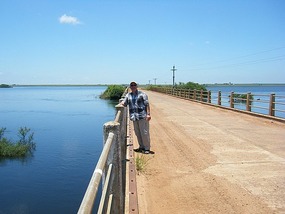
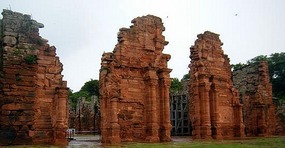
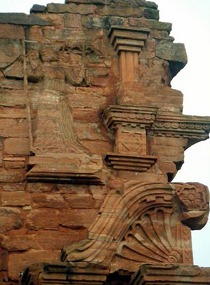
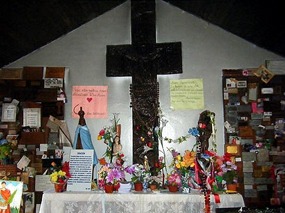
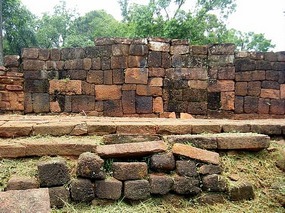
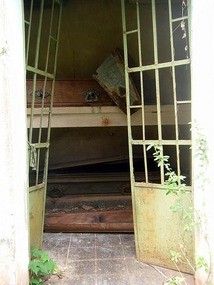

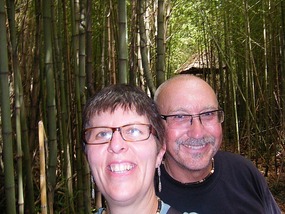
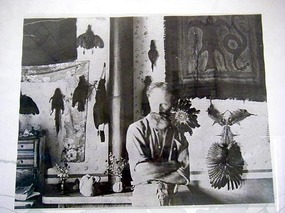
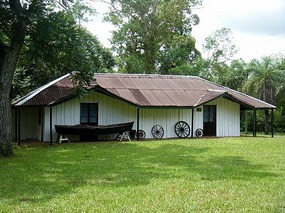




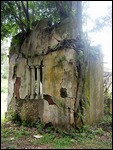
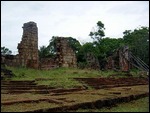
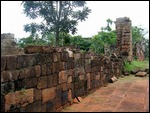

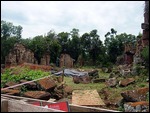
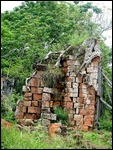
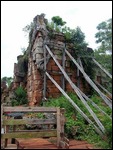
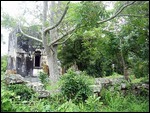
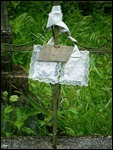
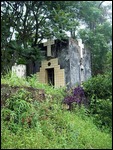
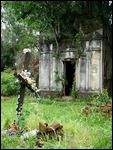
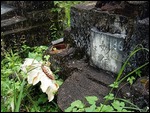
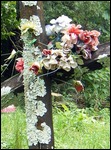
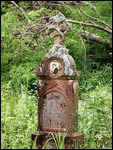
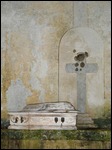
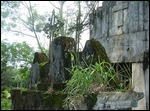
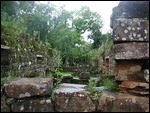
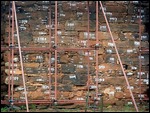

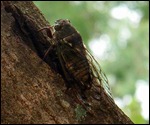


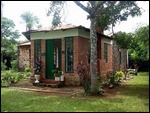
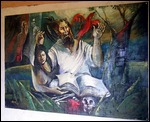
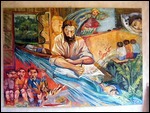
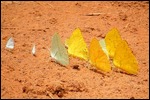
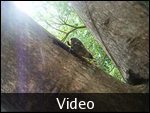
2025-05-22